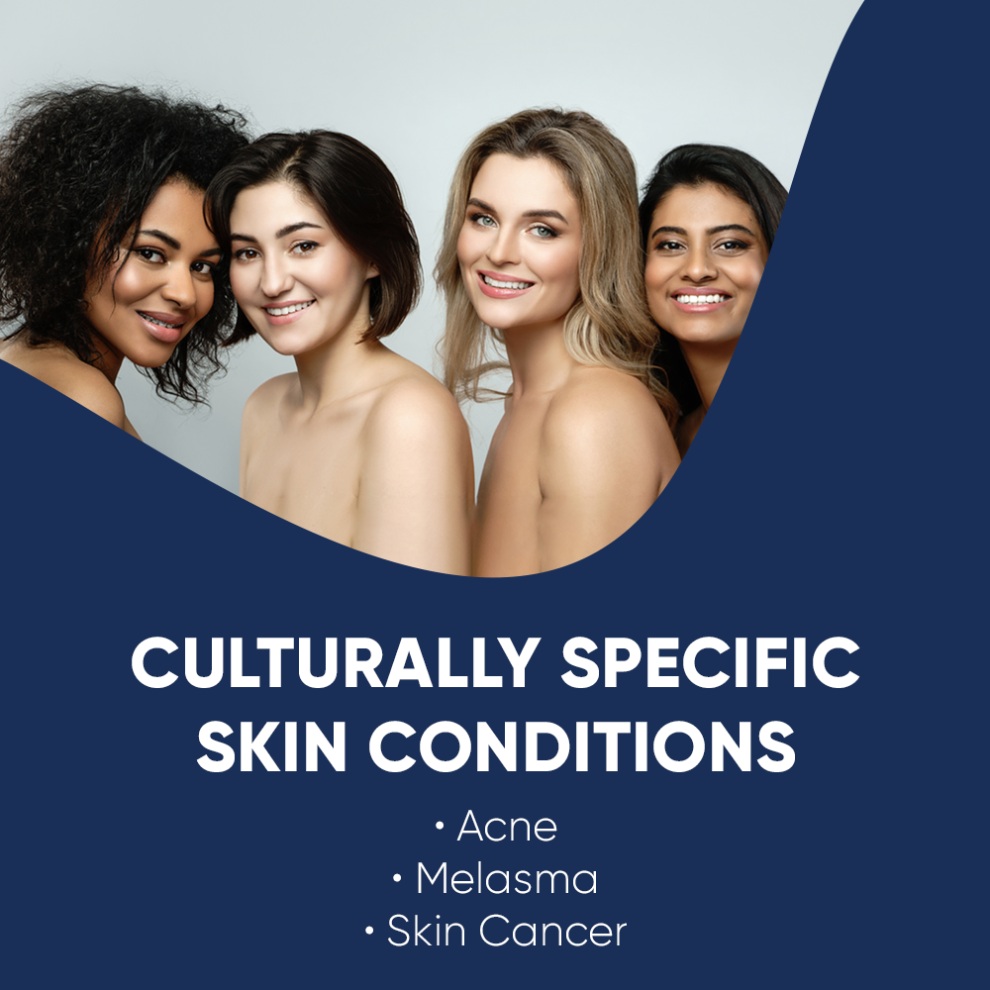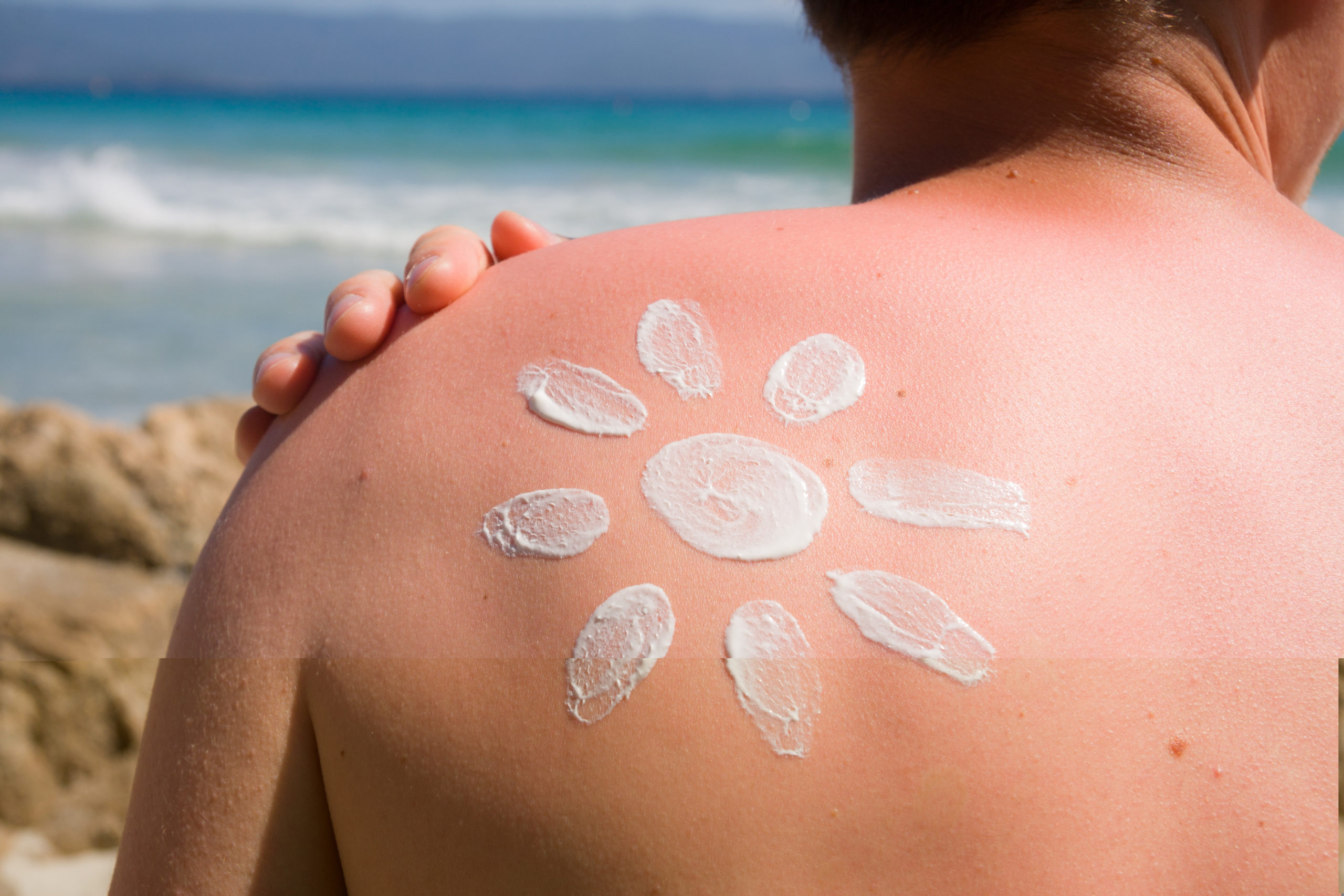

Skin Cancer Treatments
When detected early skin cancer has a very positive outcome and melanomas from Stage 0-2 have a complete cure rate of 90%.
Even advanced metastatic cancer patients are living many years after diagnosis due to recent treatment advances.
Here are common questions our patients ask about diagnosis and treatment for skin cancers at Aurora Detmatology.

How is skin cancer diagnosed?
- Before your skin cancer can be treated you will need to be assessed during a skin cancer check.
- This is a 20-minute procedure that involves carefully examining your skin for melanoma, BCCs, SCCs and other skin cancers.
- After undressing to your underwear, you will be examined in a sitting, standing or lying position using a special dermoscope to magnify your skin allowing cancer features to be seen close up that would not normally be visible to the human eye.
- During your consultation, a comprehensive patient history will be taken including questions about a family history of skin cancer, medications, allergies and pre-existing health conditions.
- You will be advised if you have any moles or spots which require testing
- The dermatologist may take a biopsy of a mole, or completely remove a spot of concern under a local anaesthetic.
- You will need to call the clinic within 7-10 days to check your results and we will discuss them at your next appointment.
- Urgent patients will be seen quickly within 2 working days.
What are common treatments for BCCs and SCCs?
Photodynamic Therapy (PDT) is where the dermatologist applies a topical agent to make the lesion sensitive to light or injects the agent into the tumour before using a laser to destroy the tumour. After the procedure patients must avoid sunlight. This may be considered when surgery isn’t an option.
What are treatments for melanoma?
More than 90% of stage 0, 1, or 2 melanomas can be cured with surgery alone.
Surgical removal (wide local excision to remove the tumour with a healthy margin to catch any extra cells) is the main treatment.
Excision is the main treatment as well as sentinel node biopsy or removal of nearby lymph nodes to look for spread.
Node removal can also be done in very small melanomas for some patients who have other specific prognostic factors.
Other Stage 2 tumours are those between 1-2mm with ulceration.
Again surgical remove and sentinel lymph node biopsy is the gold standard.
Surgical removal of the lesion and removal of all lymph nodes in the region is standard treatment and drug and radiation therapies may also be utilised.
Surgery and systemic therapies such as targeted therapy or immunotherapy may be utilised, and/or radiotherapy.
Drug therapy can be neoadjuvant (before surgery) or adjuvant (after surgery) with the treatment option best for you determined by your disease stage and other health factors.
Currently, there are two main types of drug therapy used to treat advanced melanoma.
Targeted therapy refers to drugs that block the growth of the cancer by interfering with a specific gene mutation that allow melanoma to spread.
- This is unlike chemotherapy, which simply targets and kills rapidly dividing cells.
- This treatment is suitable for patients with a specific gene mutation, such as BRAF which impacts about 4 in 10 melanoma patients, or patients with another common melanoma linked gene called MEK.
- There is currently a combination targeted therapy available on the PBS that targets the BRAF gene mutation (a BRAF inhibitor called dabrafenib) with a drug that blocks the MEK gene (an MEK inhibitor called trametinib).
- This combination therapy is thought more effective for shrinking melanoma tumours than using either type of drug on its own.
Immunotherapy or biological therapy, (also sometimes called biologics) is like a heat-missile seeking system that activates the body’s immune system to seek out and fight melanoma cells.
- Immunotherapy can be effective in shrinking metastases in patients with advanced melanoma.
- Immunotherapy can also reduce risk of melanoma recurrence, regardless of genetic mutation test results.
- Checkpoint inhibitors are one type of immunotherapy currently available to treat Stage III and IV melanomas in Australia.
- These smart drugs block proteins on the surface of immune cells that work to stop the body’s immune system from identifying and destroying cancer cells.
- When these proteins are blocked, your immune system’s ability to kill the cancer cells is increased.
Speak with your dermatologist or doctor about other clinical trials and immunotherapy treatments that may be relevant to you.
Find out more about melanoma treatments here.

